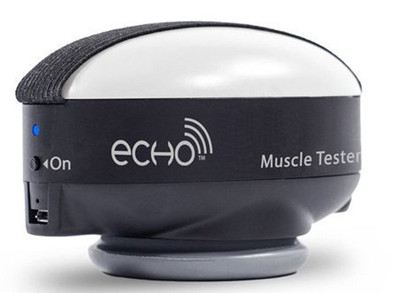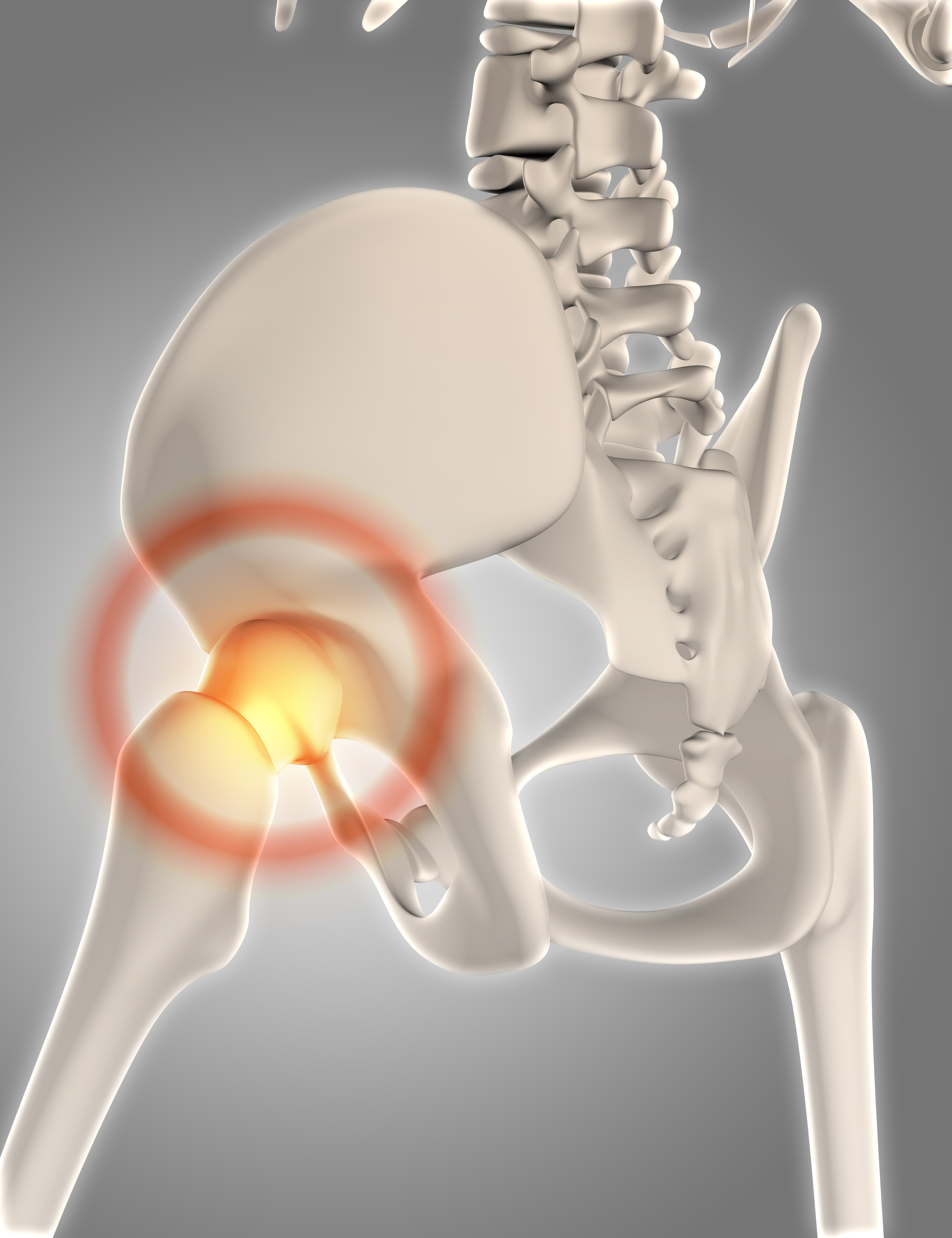 11th May 2018
11th May 2018
How to Treat Chronic Hip Pain
Hip pain, whether as a result of a chronic condition or injury, is a common ailment treated in physical therapy. From older adults to active athletes when patients come to rehabilitation with this type of pain a multimodal treatment plan works best for long-term treatment outcomes with a reduced risk of recurrence. When treating for hip pain the primary goals are to control any symptoms and improve a patient’s overall functional mobility in their day to day tasks, work responsibilities, and physical activities.
A practitioner will choose a treatment approach that focuses on decreasing or eliminating pain, improving range of motion in the hip, stability and strength while at the same time restoring functional mobility.
Hip pain can be caused by a variety of injuries or illness. Some of the most common causes of hip pain include:
- Osteoarthritis
- Fracture
- Lower back issues
- Muscle strain
- Bursitis
- Tendinitis
- Inflammatory disease
With patients who have not suffered and hip injury, the location of pain will help determine the cause. For example, pain in the groin or in the front of have is most likely caused by arthritis in the hip joint. Whereas pain in the side of the hip is most commonly caused by bursitis. For patients that have suffered hip pain that persists for longer than 2 to 3 weeks or as a result of an injury, physical therapy is recommended to successfully eliminate pain and restore function.
While it is true, that for patients with extreme hip pain, surgical intervention or replacement may be needed in order to provide a patient with relief, the good news is that most hip pain can be alleviated with less invasive modalities found in physical therapy.
How to Treat Chronic Hip Pain
Many of the body’s major muscle groups and prime movers – glutes, hamstrings, quads, psoas and adductors – all move around the hip. The action of the hips are complex and it is critical to keep the muscles around the hips strong and healthy to maintain full movement in the joint. A chronic illness, like arthritis, or an injury, like Iliotibial Band Syndrome, require a comprehensive treatment plan to help address the patient’s unique sets of needs which is the primary cause of their hip pain.
Depending on a patient’s diagnosis and severity of symptoms, and the physical therapy plan will most likely include a combination of the following modalities:
Cold and compression treatment
One of the first goals when a patient seeks physical therapy to address hip pain is to reduce acute discomfort. It is no secret that applying cold and compression is beneficial for both reducing pain and acute inflammation. Older methods of applying cold and compression would require the practitioner to apply ice packs along with compression bandages. However, with the use Game Ready’s cold compression device and the accompanying Mid-Body Hip/Groin wrap, it is now easy to treat patients with this affective pain and edema relieving treatment.
Hydrotherapy
An abstract published in the North American Journal of Medical Sciencesfound that immersion in a warm water whirlpool helped decrease joint pain. The Whitehall Mobile Lo-Boy Whirlpool is a great choice for clinics who want to offer hydrotherapy to their patients with hip and joint pain. Not only will warm water hydrotherapy help reduce pain, it also helps increase range of motion (adduction and abduction) and is a beneficial modality to use prior to therapeutic exercise.
Ultrasound Therapy
Ultrasound therapy provides targeted therapeutic heat to the hip joint, which can help decrease a patient’s pain at the same time that it improves movement. An abstract published in Clinical Rheumatologyexamines the use of therapeutic ultrasound for the treatment of symptoms associated with primary hip osteoarthritis. The randomized, placebo – controlled study found that ultrasound therapy significantly reduce pain while at the same time improved range of motion for participants. Not only that but study participants maintained a reduction in pain and improvement in movement for an extended period of time post-treatment.
Strength Measurement
A typical initial evaluation for patients with hip pain will include strength testing. Not only will this help the practitioner determine if a muscular weakness or imbalance is causing hip pain, it will also help identify any deficits that should be strengthened during treatment. A systemic review published in Bone and Joint Research a hand held dynamometer is useful suggested in establishing an abduction/adduction baseline which can be used as a marker of a return to normal function after hip injury in elite athletes. The JTech Commander Echo Manual Muscle Testing Dynamometer is a great choice for hip strength and identifying bilateral strength differences as well as track progress during treatment.
Therapeutic Exercise
The hip is a ball and socket joint which consists of the thigh and the pelvis. To provide stability for the joint, there are many ligaments that support the bones. In addition, numerous muscles are attached around the have which help provide movement to the joint. Therapeutic exercise helps to strengthen these muscles which will improve functional mobility as well as increased stability within the joint. Equipment like the Response Multi-Hip Machine were designed to allow patients recovering from hip injuries or chronic pain to exercise the muscles around the hip to increase strength, stability, and improve recovery outcomes.
Hip pain is a common problem reported in younger patients (from 0 to 15 years) and older population (>45 years of age). With myriad conditions and injuries that can cause hip pain and dysfunction, it is important for patients to have access to physical therapy which can provide them with an accurate diagnosis and customized treatment plan to help them return to full strength and movement.
Contact Us Today
We can help find the right therapeutic device or equipment to help reduce pain and improve function for your patients with chronic hip pain. Contact us today and we’ll gladly help you find exactly what you need to help your patients achieve pain-free function in their favorite daily activities and necessary job tasks. Call us today at 1-801-770-3328.






